Source / Intellectual (ID: zhidxcom) text / Origin content authorized to reprint In mid-September, Beijing, which had 2.35 million shared bicycles, announced that it would suspend the new sharing of bicycles. So far, the first-tier cities in the north, Guangzhou and Shenzhen have completed the capping of shared bicycles. At the same time, local governments have also increased their efforts to crack down on shared bicycle violations: the behavior of blocking bicycles in the past has been acquiesced, and now, the shared bicycles that occupy the roads are being put into the “wildernessâ€. They were born under the craze of sharing and once invaded people's vision with irresistible force, occupying the streets of various cities. Now, because of their irresistible force, they are also piled up on the construction site, and they are associated with the grass and add rust. A few days ago, when the car reporters passed through the Lenovo Building in Shangdi, Haidian District, Beijing, they stumbled across a construction site that was once an open-air parking lot, stopping a large number of shared bicycles. Taking a closer look, I found that things are not as simple as "a lot." In the open space there, the densely shared bicycles are listed as a huge square. However, they were not being reviewed. The construction site was surrounded by walls and the doors were closed. The mass bicycles were locked in the corner of the city where no one cares. This time, it is not a private lock that locks the shared bicycle. In Beijing, a large number of shared bicycles are locked in the construction site. The bicycles parked in the construction site include the various shared bicycle brands launched in Beijing. Xiaolan, by you, cool ride...·of course, the largest number is Moby and ofo. The foxtails emerging from the wheels show that the bicycles have been parked there for some time. Beijing, foxtail rises from under the wheel A staff member of the bus dispatching station next to the site told the car that from the beginning of a month, the city management will share the bicycles here, “one car, one car and one carâ€. The reason is that the road is illegal. Half a month ago, the cart was over because the venue was full. He said that the specific number of bicycles is not clear. The car thing reporter uses the foot measurement combined with the map APP calculation, the site is about 50 meters X 100 meters rectangle, the total area is about 5000 square meters. Calculated by placing 2 bicycles per square meter, the shared bicycles parked at the venue reached 10,000 vehicles. Closer to the observation, the car found that most of the cars were in good shape, and the body and the QR code were not damaged, and they were still available for people to ride. The staff of the bus dispatching station said that during this period of time, there was no shared bicycle company to lead the car. Recently, people have accepted a new vocabulary: "cycling cemetery." But for these bicycles, the term "cemetery" is obviously inaccurate - it is a description for the dead. The shared bicycles in this venue are quite new in color and are in use. But they were forgotten here intentionally or unintentionally. Some of the bicycles parked on the unhardened road have been climbed by weeds. Beijing Haidian, some bicycles have been integrated with wild grass And this is just one of the many shared bicycle cemeteries in Beijing. Previously, the “Little Yellow Car Cemetery†under Fengtai District had caused overheating. A month ago, there was also a 10,000-scale bicycle cemetery under the Tuqiao in Tongzhou District. In the context of cooling down shared bicycles across the country, more and more shared bicycles are being sent to similar sites. Beijing is like this, and other cities are no different. On a construction site in Qinhuai District of Nanjing, a large number of shared bicycles appeared. In a deserted school in Anhui, tens of thousands of bicycles are full of campuses. A campus in Anhui, the bicycle has filled the playground Hangzhou, which first caught the attention of bicycle cemeteries, recently ushered in a second cemetery, which is also a construction site. However, among all shared bicycle cemeteries, the largest one is a construction site at Hongxing Road, Jing'an District, Shanghai. This bicycle cemetery reflects the wrestling and helplessness of all parties around the excessive sharing of bicycles. In August last year, a total of 31,000 square meters of land on the Linshan Road, Lane 143, and Linshan Road, Jingxing District, Shanghai, was auctioned by real estate developers at a price of 11 billion yuan. It became the "land king" with the highest total transaction volume at that time. According to the construction area of ​​100,000 yuan, the floor price per square meter exceeds 100,000 yuan. At the time, there were no shortage of developers for Vanke, Poly, and China Resources. One year later, the biggest role played by the tens of billions of kings was to become a cemetery for sharing bicycles. (Please click on the horizontal picture below) Shanghai, a bicycle piled up in the “land king†of Hongxing Road Before the site vegetation was cleared at the end of August, the shared bicycles were integrated into nature in the arms of the king, reminiscent of a documentary, "The World After Humans Disappear." Shanghai, Hongxing Road bicycle cemetery before the clean-up in August A truck with the "Special Renovation of Non-Motor Vehicles in Jing'an Temple Street" was parked on the field, indicating the reasons for sharing bicycles here. On August 18th, the Shanghai Municipal Transportation Commission called to stop the addition of shared bicycles, and to collect and collect the shared bicycles outside the prescribed delivery points. In Shanghai, municipal trucks carrying illegal bicycles are parked in the field. But the car is not finished. The 143 block of Linshan Road, across the street, was originally a car parking lot, and now it has become a shared bicycle parking lot, or more accurately, a shared bicycle stacking yard. Shanghai, bicycles piled up above the wall Compared to the neighboring streets that are placed neatly by brand, the shared bicycle encounter here is much more tragic. Starting from the corner of the wall in the northeast, the shared bicycles of various brands are mixed together and become a "cycling wall" of more than 2 meters high, stretching nearly 100 meters. In this wall, the ticking of the shared bicycle smart lock is heard from time to time. Shanghai, a tens of meters of bicycle wall When the car was on the scene, it was the same time that the city personnel pulled a car that was confiscated because of the violation. The staff was not friendly towards these bicycles with a public nature. One of the workers stood on the van and lifted the bicycle up high and threw a 2-meter-high "cycling wall". Shanghai, the staff is "throwing the car" They don't have time to gently line up the bikes. The master who drove the car told the car that they could pull up to 10 more cars from Jing'an District every day, and they drove more than 30 vehicles per trip. The more critical issue is that they also have no space. In Shanghai, where it is worthwhile, it is difficult to find an open space to park these large-scale bicycles for free. The number of bicycles added to the two construction sites, the workers did not know, only know that "can not let go." A person in charge at the scene told the car that since last year, the parking lot has been used as a parking place for illegal bicycle sharing. At the beginning, the bicycles were also neatly placed. However, with the increasing number of bicycles being sent in, the conventional two-dimensional pendulum method obviously has a limited volume, and the bicycles have been in the sky. Shanghai, a Mobai lifted from the pile The workers felt helpless when talking about the bicycles that brought trouble to them. Bicycles and roads placed everywhere are frequently reported by residents, and they are required to collect them. There are still dozens of missions in front of them. Soon, due to the commencement of the first phase of the “Diwang†project, the bicycles neatly arranged on the 13th lane will be transferred, and they will also face the fate of being put into the bicycle wall. This seems to be a bit of a catastrophe, but similar to what the car thing has seen in Beijing, the shared bicycle here is much more distorted in shape, but the big multifunction is normal. The car stuff picked up 4 bicycle scanning codes that could be reached, and all of them were successfully unlocked. The only obstacle is that one of them is entangled in the wheel and other bicycles, blocking the lock. Slightly move the wheel, and its lock will bounce off with a slamming sound. When observing the neat bicycles on the 143 empty ground, the car encountered two Mobility workers who were on the spot to check the bicycle situation. They inspect the locks and the body in rows and then attach a label to the damaged vehicle. Their test results also confirm the judgment of the car stuff on the integrity of the shared bike here - more than 90% of the bikes are no problem. In a row of dozens of Mobike bicycles, only sporadic damaged labels are mixed. Shanghai, Moab bicycle with a damaged label But their mission is limited to counting. Although the management department of Shanghai has notified the relevant companies to take the bicycle back, there has not been a shared bicycle company to take further action. The person in charge of the parking lot of 13 said that this tone was excited, because before the car, there were already many media to investigate and even disturbed the deputy mayor of Shanghai. But the problem remains unresolved. One of the main reasons is cost. A municipal staff member responsible for handling bicycles pessimistically believes that these bicycles can only be used as scrap iron in situ. Because of these pick-up bicycles, "no one will pay for five yuan." He may be right. In July, Hangzhou City Management Disclosure Information showed that the administrative cost of transporting and managing 22,000 illegally shared bicycles exceeded 220,000 yuan, and the management cost of a single vehicle was nearly 10 yuan. And Mobyan’s inspectors saw another angle: there were not enough people. A total of more than 1.5 million bicycles were placed in Shanghai. If the operation and maintenance personnel are equipped in proportion to the previous five-thousandths, then 7,500 people will be required. Based on the average salary of 3,500 yuan, they will generate a cost of 26 million yuan per month. Obviously, no bicycle company is willing to pay high labor costs. As far as Mobai is concerned, the inspector revealed that in Shanghai, every operation and maintenance personnel in Mobai has to manage thousands of bicycles, and they have no time to take care of these abnormal vehicles. Another explanation given by the industry is that even if the cars are taken away, they will return to these sites - due to the excessive volume of bicycles, there are not enough dedicated parking areas in the city. And users' awareness of the core value of shared bicycles is still stopping everywhere. Therefore, basically one stop is a road operation. Whether or not to take them away at this time depends mainly on the absence of municipal personnel. A few days ago, in the Beijing Longze subway station where the author commuted daily, the urban management department specially set up a special parking lot in the area to stop the shared bicycles blocked, and the three-lane street was refreshing. Bicycle parking lot at Longze Subway Station, Beijing However, after a few weeks, the shared bicycles came back and returned to the motorway – the limited area of ​​the parking lot could not be installed. The electronic fences that had been placed high hopes before, after the investigation, found that the implementation of the car was not satisfactory. In a sense, the key factor in sharing bicycles over a public bicycle is to provide people with the convenience of parking anywhere. To take the initiative to touch the core values ​​of their rise, shared bicycle companies clearly lack such internal driving force. Of course, the pot cannot be thrown all the way to a shared bicycle company. An interesting phenomenon is that in the early days of shared bicycle development, when a limited number of bicycles brought more convenience, the public opinion was more popular for sharing bicycles. The author also clearly remembers the condemnation of the phenomenon of private lock and destruction of bicycles. But now, more and more bicycles are being piled up at the gates of various communities, and no one has come out to appeal for them. The indifference of the public's public rights awareness is also an important reason why shared bicycles once and again spread to motor vehicles and block the door of the community. The deeper reason is that China's road infrastructure planning with motor vehicles as the core in the process of urbanization ignores the potential development of non-motor vehicles. The promotion of capital, the desire of the people, the balance of policies, the three forces mixed together, directed the ups and downs of shared bicycles. It is only now that the darling of capital is thrown into the wasteland of high prices, which is too dramatic. When we use the shared bike to enjoy the convenience, we rarely realize that we are bearing the price. The price is not an hourly fare. Instead, the shared bicycles, with the support of the capital, the public, and the government themselves, forcibly borrowed the public road resources and government management resources shared by the whole people, and provided them at low prices or even free of charge. Cycling users. But these two resources are not free. Since we don't have the service to buy shared bicycles for a big price, then we have to pay extra for it - either time (congestion caused by bicycles) or money (management The administrative expenses incurred by bicycles are borne by taxpayers). Come out and mix, always have to pay back. Now, people are beginning to realize the hidden costs. So will sharing bikes be left out? not necessarily. Smart people always find the best balance between pros and cons after a period of exploration. Only the bicycles that represent human wisdom and creativity are still inevitably huddled in the various construction sites and ticking. (Editor: Yue Right)
Soderberg Electrode Paste is also called Anode Paste, Self-baking Electrodes Paste or Electrode Carbon Paste. It is used as conductor in submerged arc furnace under self-baking process while manufacturing different types of Ferro Alloys and Calcium Carbides.
Carbon paste Electrode by CarboGraphite has high density and good electrical conductivity, and low ash content. Our Carbon Paste Electrodes are saying its good performance on customers' working sites.
Carbon Electrode Paste Uses, Paste Electrode Application
It is used as a conductor in submerged Arc Furnace under Self Baking Process commonly known as Soderberg Electrode and is widely used in Ferro Alloys, Carbide Industry & Metal Cleaning Process.
Carbon Electrode paste is used for forming continuous self-baking electrodes (It is also called Soderberg Electrode Paste) in electrical thermal furnaces for the production of a various types of ferroalloys, carbide industry & metal cleaning process.
CarboGraphite started its business as a producer of electrode paste since 1992, it has grow into a professional
manufacturer of carbon electrodes products, with main prodcuts carbon electrode paste and graphite electrodes,
Learn know-how with over 20 years' expertise, CarboGraphite has made itself as a reputed name home and aboard.
Our carbon electrode paste capacity reach 20,000MT/year, and capable to produce 60,000MT of quality graphite electrodes annually.
Our carbon graphite electrodes are made to last, this make us reputed member of CCIA (Chinese Carbon Industry) Assosiation.
we help our agents and disctributors in Iran, Europe to thrive their business. In the years to come, we are looking for more partners
and to share more for our customers, our agents and distributors.
Electrode Paste Electrode Paste,Ferro Nickel Electrode Paste,Ferro Chromium Electrode Paste,Ferro Silicon Electrode Paste Carbographite Industrial PTE.LTD , https://www.carbographite.com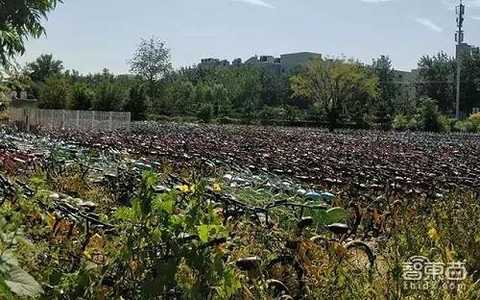
First, the locked shared bicycle 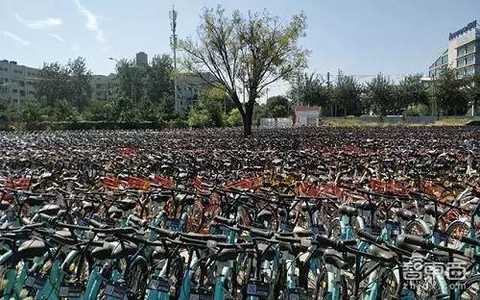


Second, from Shanghai Diwang to bicycle cemetery 
The car stuff visited the 13th block of Linshan Road in the east and saw that the larger shared bicycle "fleet" opposite the Beijing Lenovo Building was surrounded by weeds of 3,40 cm high - this was the result of the cleanup. 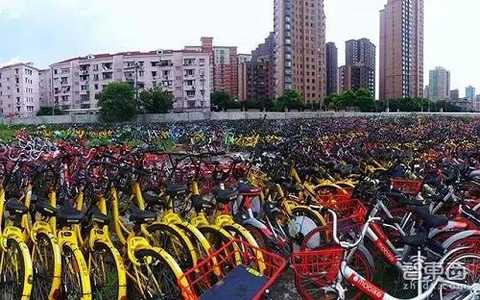
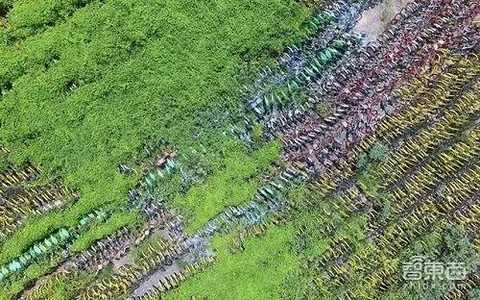
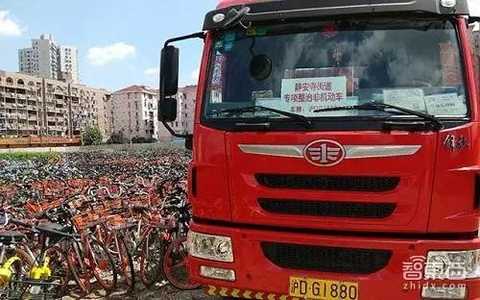



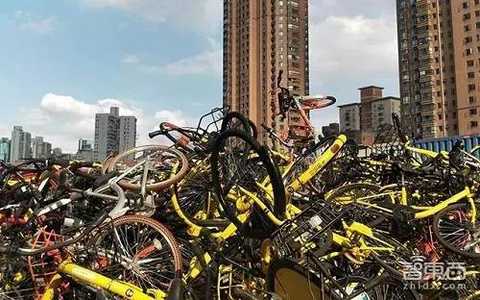
Third, the bicycle is intact but no one is coming 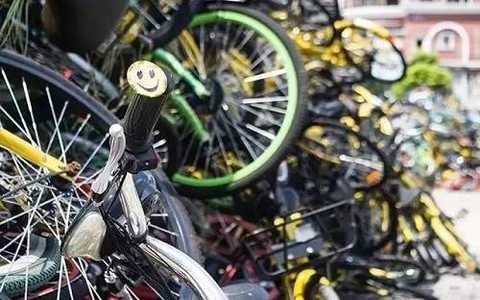
However, these perfect cars are no one to come. 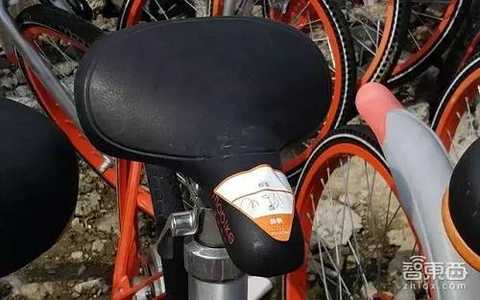
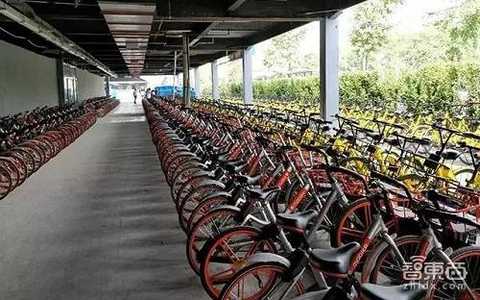
Conclusion: Come out, always have to return